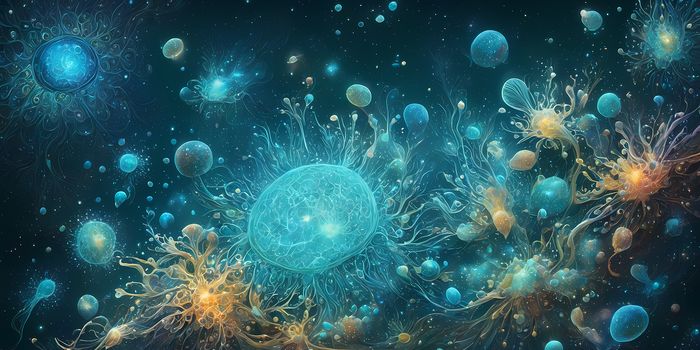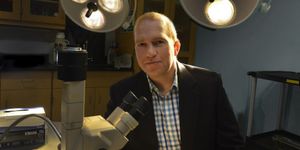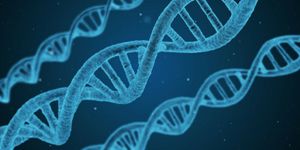The pathology behind autoimmune disease is different than any other type of disease, since no outside agent is causing complications. It's the body's own cells malfunctioning and causing debilitating side effects. Scientists from the Broad Institute of MIT and Harvard set off to tackle a complicated analysis of lymphocytes in order to shine some light on how to treat autoimmune diseases like multiple sclerosis (MS) and psoriasis.
Th17 lymphocytes are a specialized T cell specifically designed to produce inflammatory cytokines like interleukin-17 (
Nature). These lymphocytes are normally found in our gut, monitoring tissue homeostasis and host defense mechanisms. However, when they are found in the brain or skin performing the same kinds of actions, autoimmune disease like MS and psoriasis can occur.
Patients diagnosed with MS experience different symptoms related to myelin sheath damage like loss of motor control, "visual disturbances," and mental malfunction (
MedlinePlus). Scientists are unclear about the details surrounding what causes the onset of MS, and so the scientists from the Broad Institute decided to investigate what role the immune system is playing in the development of this disease.
The study the scientists conducted used a novel method of examining characteristics of individual Th17 cells in mouse models of MS, collected from both the central nervous system and the lymph nodes. The investigation revolved around the idea of Th17 cells producing inflammatory cells. This function is vital to defending the body in certain situations, but if it can't be turned off or regulated, "you will become one big lymph node," said Dr. Vijay Kuchroo.
Indeed, the Th17 cells examined from the MS mouse models showed the cells at multiple stages of differentiation, although further analysis had to be conducted to understand what the implications were of this observation. A variety of explanations for MS pathology resulted after further study. Some Th17 cells are pathogenic and some are not, depending on whether they are "misbehaving." The scientists saw a genetic difference between the lymphocytes, a change that must be causing some cells to instigate unnecessary and harmful inflammation.
"It becomes a pathology when it happens at the wrong time or in the wrong place," said Dr. Nir Yosef, considering Th17 heterogeneity. Disease can occur whether it's pathogenic genes or vital genes that are missing causing malfunctions in Th17 cells.
The dynamic of the lymphocytes in the immune system is intricate and hard to completely understand. Immune cells are constantly acting and reacting to the movements and actions of their neighbors. One abnormal change can cause a domino effect of malfunction in the immune response.
"These observations may have a major impact in developing future therapies for human autoimmune diseases," said Kuchroo.
Indeed, the group of scientists from the Broad Institute made a huge leap in understanding the lymphocyte interactions behind autoimmune disease. The results of their study were published in the journal
Cell. In the future, they hope to investigate how to inhibit the pathogenic Th17 cells without harming the normal, helpful Th17 cells.
Learn more about multiple sclerosis by watching the following video:









